Disclaimer: This blog post contains affiliate links. If you make a purchase through these links, I may earn a small commission at no additional cost to you. Learn More. Thank you for supporting our garden community.
The Best Fertilizer for Tomatoes to Grow Juicy Fruits
Tomatoes are one of the most rewarding crops to grow in your garden. Whether you’re growing a few plants on your patio or many rows in a vegetable patch, using the right fertilizer can make the difference between a so-so harvest and a bumper crop of juicy, flavourful tomatoes. But what exactly is the best fertilizer for tomatoes?
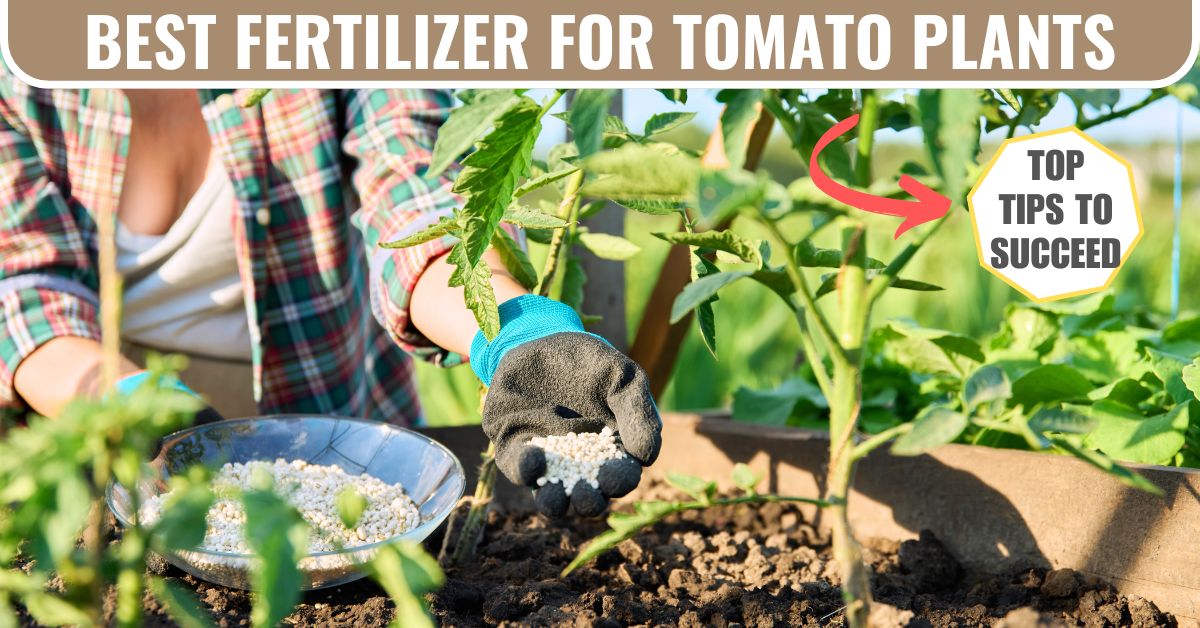
Best Fertilizer for Tomatoes
When I say “tomato fertilizer,” it doesn’t mean that the fertilizer can only be used for tomatoes. It doesn’t have anything special that makes it just for tomatoes.
Instead, it means that the fertilizer provides all the nutrients that a tomato plant needs. It has the right amount and ratio of different nutrients to help tomatoes grow.
But it can also be used for plants that require similar nutrients to tomatoes, such as peppers.
That being said, there are a few things that we need to get right when fertilizing tomatoes.
So let’s get right into the best fertilizer for tomatoes.
Products
To buy high-quality garden seeds, check out Burpee.
For a wide selection of perennial garden plants, check out Nature Hills Nursery.
For gardening equipment, check out Bootstrap Farmer.
Do Tomatoes Need A Lot of Nutrients?
Tomatoes are known as heavy feeders. This means that they feed heavily, or they use up lots of nutrients to grow properly.
From the big leaves, to the vigorous roots, to the juicy red fruits, your tomato plants need to have lots of fertile soil.
They run through lots of nitrogen, phosphorus, potassium, and other nutrients to produce the large plants that we know and love.
This is in contrast to something like carrots, which are actually light feeders. This means they don’t require as much nutrition to give you a good harvest.
So make sure your tomato plants get lots of nutrients because they are going to need it!
What Nutrients do Tomatoes Need to Thrive?
The three primary nutrients your tomatoes need are:
- Nitrogen (N): Nitrogen is the most abundant nutrient in soil and the most used nutrients by plants. It is essential for leafy growth. Too much nitrogen, however, can lead to lush foliage but little fruit.
- Phosphorus (P): Vital for root development and flower / fruit production.
- Potassium (K): Helps with overall plant health and the development of large, flavourful fruits.
These 3 are the plant macronutrients, or the nutrients that are required in the largest quantities by plants. Together they are known as the N-P-K ratio, which is the number that is shown on fertilizer packs from the store.
The NPK ratio is the percent of each macronutrient by weight in a fertilizer. For example, if a fertilizer has an NPK ratio of 1-2-3, it means that it is 1% nitrogen, 2% phosphorus, and 3% potassium, by weight.
In addition to these macronutrients, tomatoes benefit from micronutrients like calcium (to prevent blossom end rot) and magnesium (important for photosynthesis). There are also many more that are typically present in the soil, like boron, copper, iron, and sulfur.
Types of Fertilizers for Tomatoes
Here are the 2 main types of fertilizers and how they can benefit your tomato plants. Each one has its uses and may benefit your garden differently than the other.
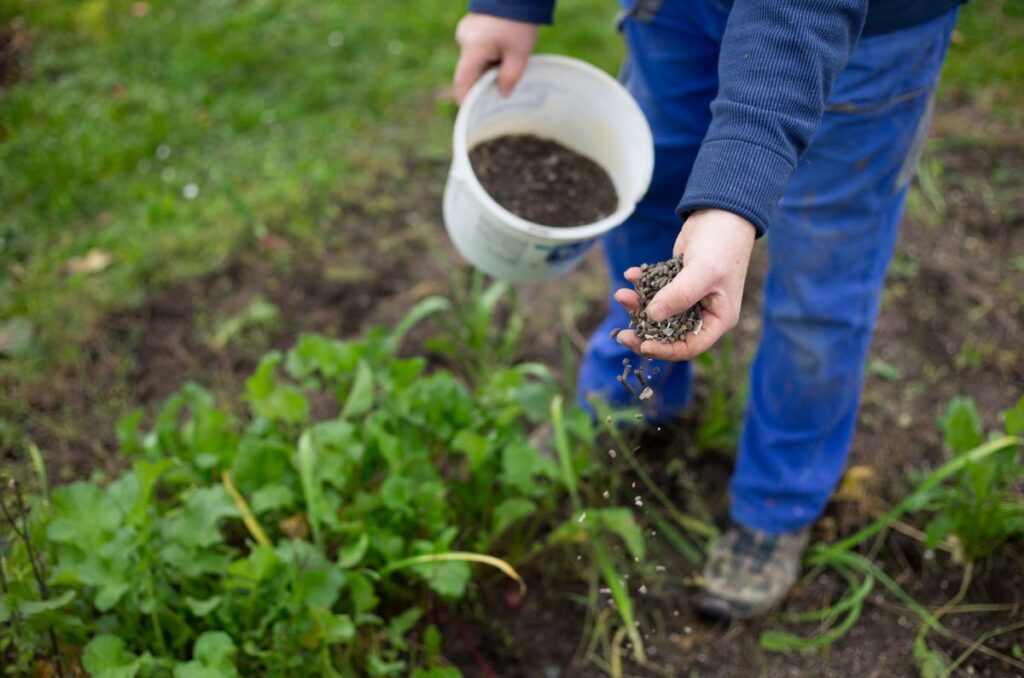
Granular Fertilizers:
- These fertilizers are slow-release and easy to apply. This means that they release their nutrients over a longer period of time, typically a few weeks. This means that you won’t have to fertilize as often.
- They are best for gardeners who want a “set-it-and-forget-it” solution. If you want to just throw in some good-quality fertilizer and not have to worry about it, then granular fertilizers are right for you.
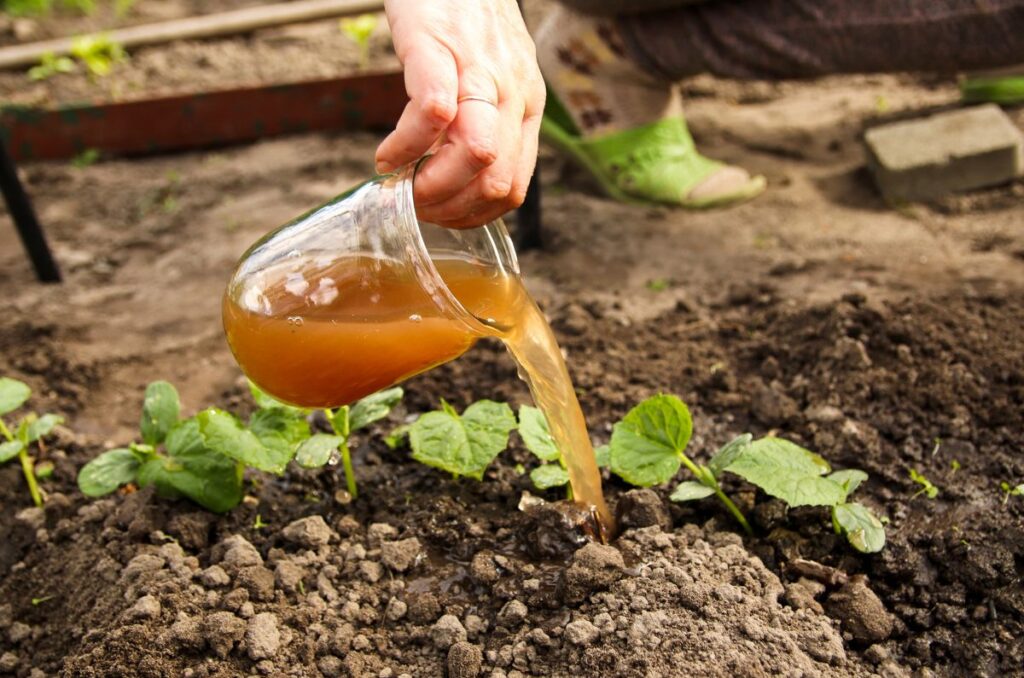
Liquid Fertilizers:
- Liquid fertilizers are diluted with water to reduce the intensity. These provide immediate nutrients, which is ideal for quick fixes or foliar feeding.
- They can be used every 1-2 weeks on tomato plants during the growing season.
- Fish emulsion and seaweed extracts are popular options.
Are Organic or Synthetic Fertilizers Better For Tomatoes?
The answer to this age old question is almost always going to be ORGANIC!
Synthetic fertilizers have their pros, such as the low cost and immediate effects.
But the pros are extremely outweighed by the cons. They can contaminate water, acidify the soil, burn your plants, and decrease soil biodiversity.
On the other hand, organic fertilizers come directly from animal or plant sources, meaning they have none of these problems.
Organic fertilizers are much better for your garden in the long run and will always produce better tasting tomatoes.
When to Fertilize Tomatoes
There are at least 3 main times that you should fertilizer your tomato plants: at planting time, after transplanting, and during flower and fruit development.
At Planting Time:
Add a handful of compost into the hole that you are planting your tomato in. This will provide some organic matter, beneficial microbes, and nutrients to support proper growth.
You can also use compost tea or worm castings if you have access to them.
After Transplanting:
After the plants have been in the ground for about 2 or 3 weeks, it’s time to fertilize again. Make sure to use a fertilizer that is higher in nitrogen because this is when your tomatoes are putting on lots of leafy growth.
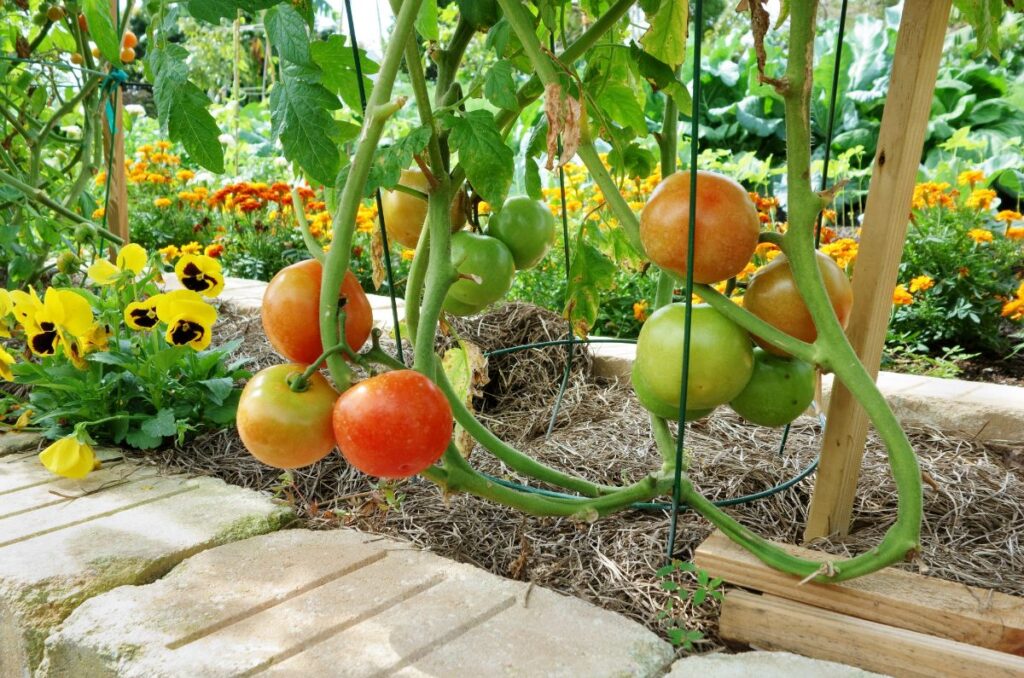
During Flower and Fruit Production:
This is a crucial time to fertilize tomatoes.
When the plants start flowering, it means that they are putting all of their energy into the next generation, which are the seeds in the fruits. So make sure to stay on top of fertilizing during this time.
That being said, fruit and flower growth require less nitrogen and more phosphorus and potassium. So choose a fertilizer with an NPK ratio that favours phosphorus and potassium, such as 2-5-5, or related ratios.
Follow the fertilizer pack for dilution and timing instructions.
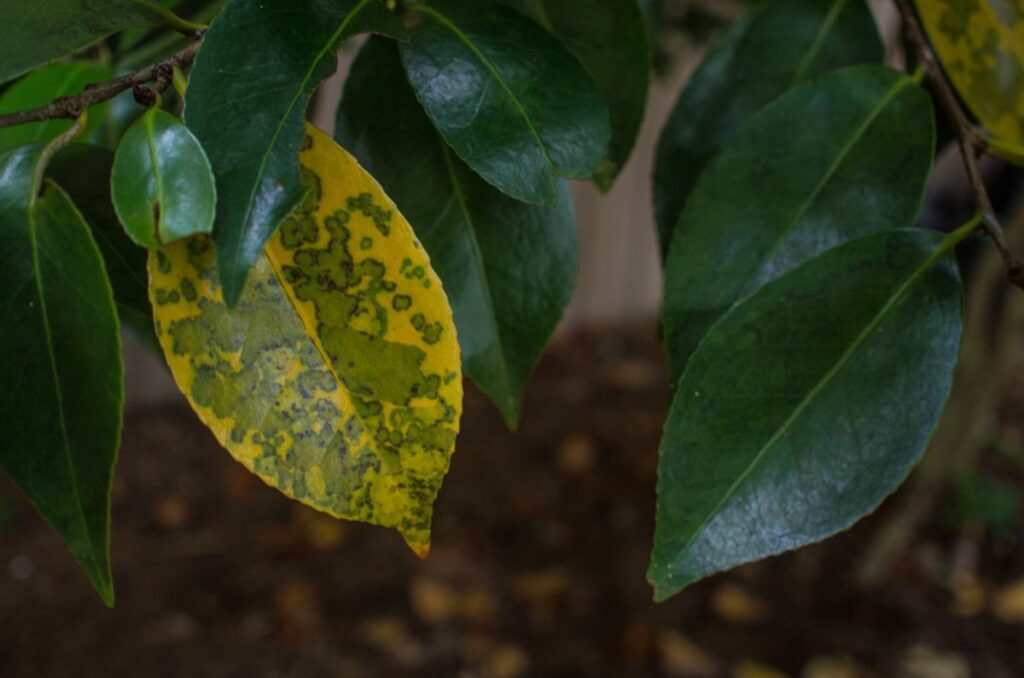
Signs Your Tomatoes Need Fertilizer
Most of the time, your plants will tell you exactly what they need. Here are a few common signs that your tomatoes need to be fertilized:
- Yellowing Leaves: This is most likely caused by a nitrogen deficiency.
- Small or Misshapen Fruits: This may point to insufficient potassium.
- Poor Flowering: This could mean phosphorus levels are too low.
Make sure to adjust your fertilization schedule when necessary.
Is Blossom End Rot Caused by Calcium Deficiency?
Blossom end rot (BER) is a nutritional disorder that is common with many different fruiting vegetables. It is literally when the blossom end of a fruit rots from the inside.
BER is seen with pumpkins and zucchini, but it is very common with the solanaceous crops, like tomatoes, peppers, and eggplant.
While BER is technically a calcium deficiency, it’s not necessarily caused by a lack of calcium in the soil.
9 out of 10 times, it is caused by an uneven watering schedule. This means that you get the soil fully wet, then let it dry out completely, then get it fully wet again, and so on.
This is bad for tomatoes because it reduces their ability to absorb calcium, leading to BER.
So don’t go adding a ton of calcium to your soil because you see one fruit with blossom end rot. Instead, first make sure to water your plants consistently.
But if you are worried about your soil’s calcium levels, consider purchasing a tomato fertilizer with calcium.
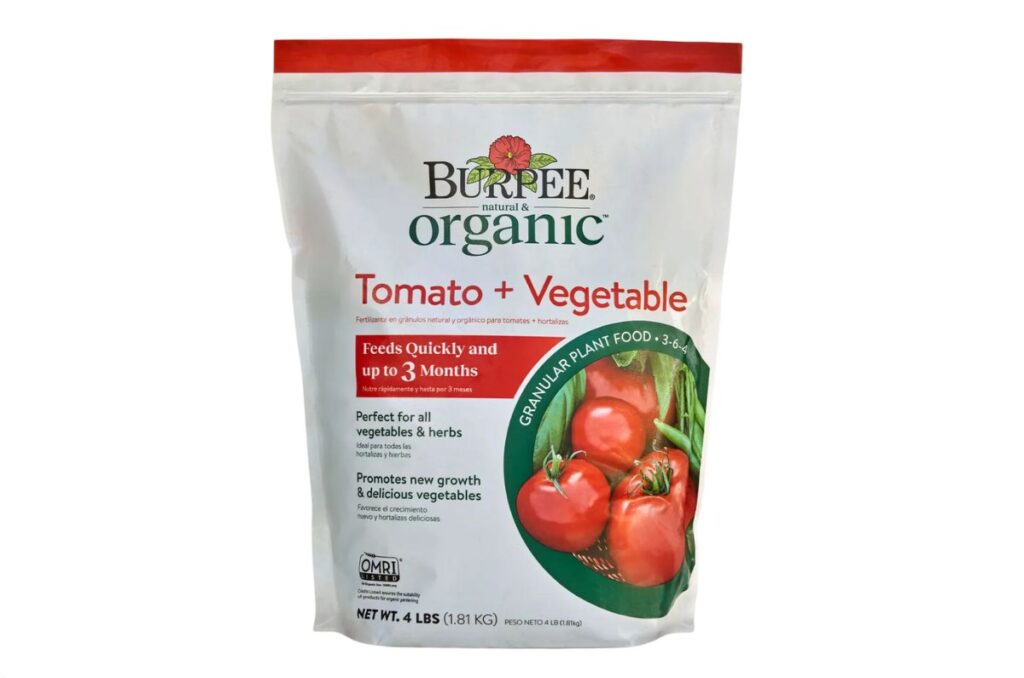
The Best Fertilizer for Tomatoes: Our Top Picks
Remember that I would never recommend any brands that I do not trust or that have bad products. All of my recommendations are based on my personal gardening experience and whether or not I think they are good.
Here are some of my top tried-and-true options to consider:
1. Burpee Organic Tomato Granular Plant Food:
- NPK: 3-6-4
This fertilizer contains the 3 primary macronutrients, as well as many micronutrients like calcium to prevent deficiencies. It also includes beneficial microorganisms, which help to break down the nutrients into a bioavailable form for your tomatoes.
2. Burpee Organic Bone Meal:
- NPK: 6-8-0
One of the best sources of bioavailable phosphorus and calcium for tomato plants. Adding this bone meal early in the season will promote vigorous root development.
3. Burpee Organic Blood Meal:
- NPK: 12-0-0
Blood meal is all nitrogen, meaning it is best used early in the growing season. I like to do a mix of blood meal and bone meal, which I call “blood and bone.” This gives a more broad nutrient profile for your tomatoes.
4. Burpee Organic Rose + Bloom Granular Plant Food:
- NPK: 4-6-4
I know, the name says Rose + Bloom, but that doesn’t mean that it’s just for roses! Because of the NPK ratio of 4-6-4, we know that tomatoes will definitely benefit from this fertilizer during flower and fruit production. Beneficial microbes are also included.
Frequently Asked Questions
Like I have said, tomato fertilizers are not limited to tomato plants. Peppers, eggplant, squash, and other fruiting plants will also benefit from tomato fertilizers. You don’t need to buy a separate fertilizer for each vegetable.
If you want to buy one of the fertilizers listed, I personally would go with the blood meal and bone meal. You can mix these two together and make a very versatile all-purpose fertilizer.
Generally speaking, a 10-10-10 fertilizer is ok for growing tomato plants. If you are going to use it, apply it at the beginning of the growing season.
A fertilizer low in nitrogen is best for increasing tomato fruit size. Phosphorus and potassium help with fruit production, so choose a fertilizer that is high in these.
Epsom salt is just magnesium sulfate, so it adds magnesium to the soil. Unless you know for sure that your soil is deficient in magnesium, don’t go adding Epsom salt everywhere. It doesn’t do much for tomatoes if your soil is full of nutrients already.
Coffee grounds are not a secret ingredient or a reason to skip fertilizer. Although they do add organic matter to the soil, they need to be broken down by microorganisms before any nutrients become bioavailable.
Learn More About Tomatoes
Here are a few more posts to get the ball rolling in your garden!
- How to Grow Big and Juicy Tomatoes
- Simple Compost Tea for Growing HUGE Vegetables
- 5 Indeterminate Tomato Trellis Ideas
If you enjoyed this article, make sure to share it with your friends and family members who are also looking to improve their gardening skills. Also, consider signing up for our email newsletter; don’t worry, we won’t spam you, just fresh gardening tips and tricks every week!
If you want to learn more about gardening, foraging, and nature, check out The Real Gardener on LinkedIn, YouTube, and Pinterest.
Pin this post for later:
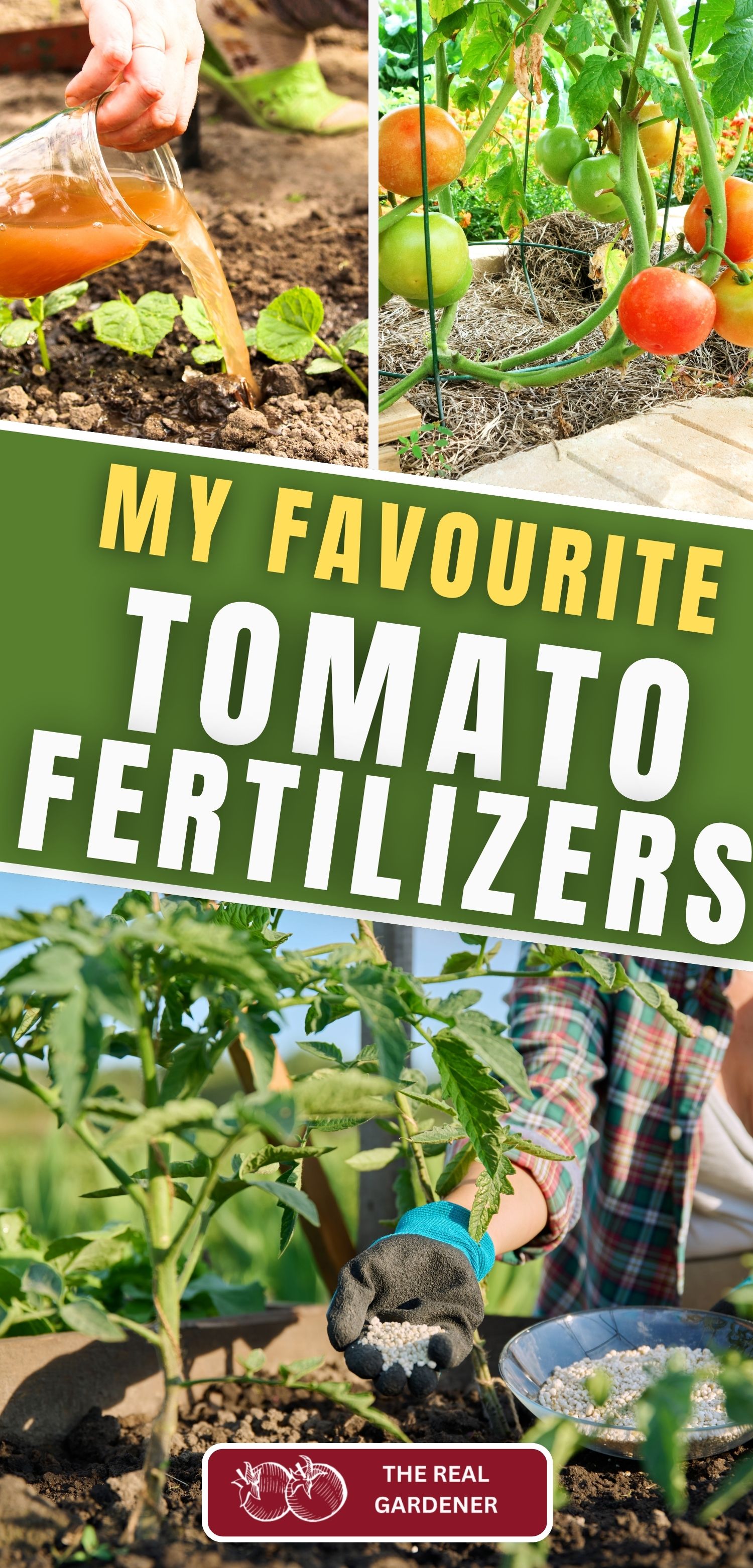
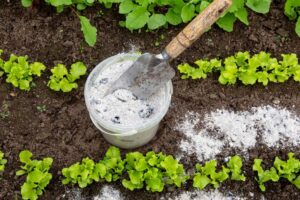
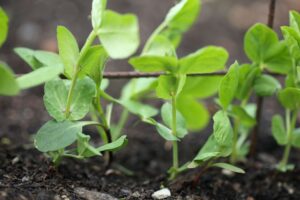
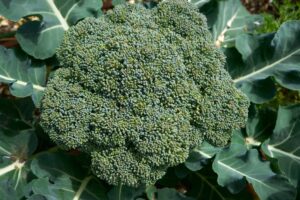
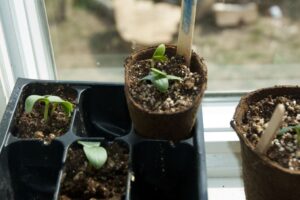
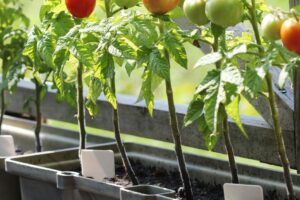
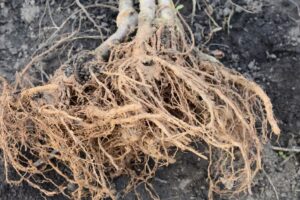
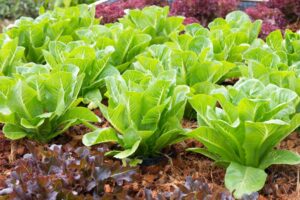
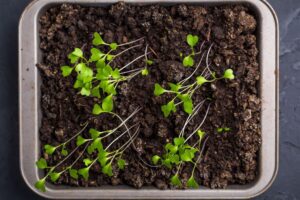
Leave a Reply